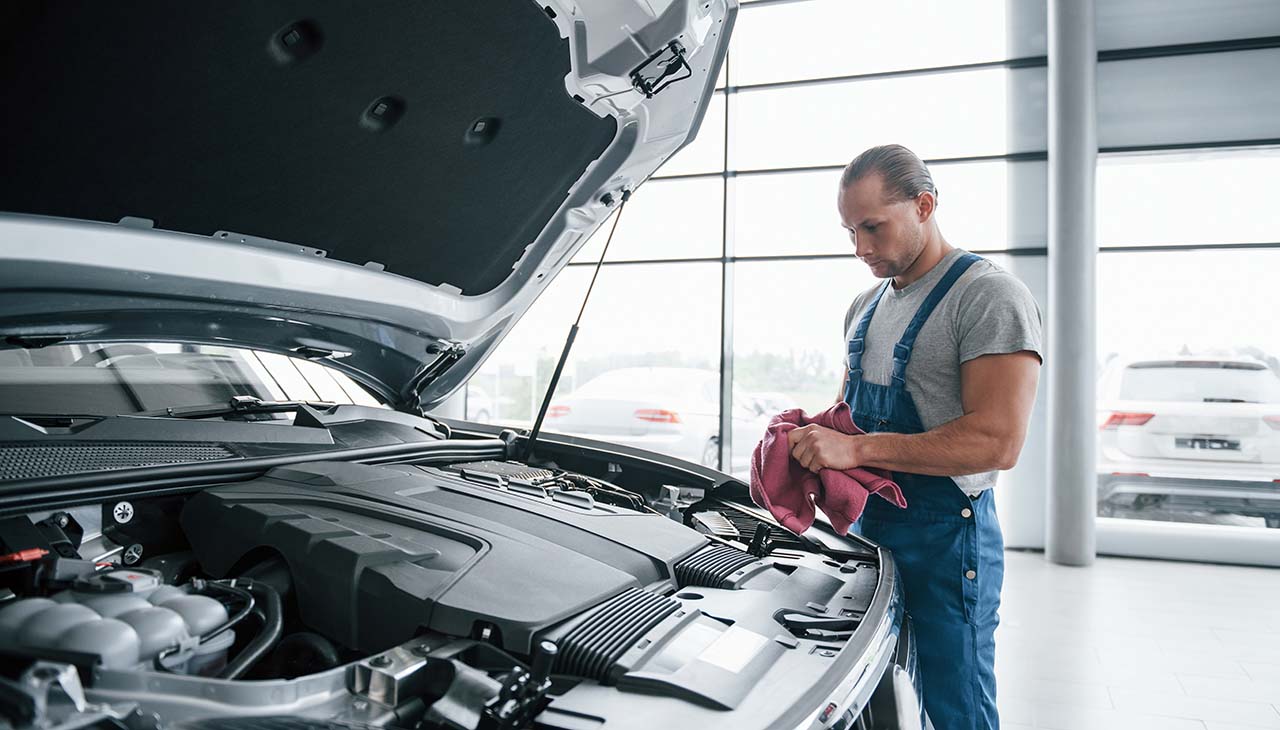- Basic car maintenance steps every owner should know
- Simple monthly maintenance schedule
- FAQ
Regular car maintenance not only keeps your vehicle running smoothly but also helps you avoid expensive repairs. This guide offers simple, actionable steps to ensure your car stays in top shape.
Basic car maintenance steps every owner should know
Maintaining your car doesn’t need to be complicated. With just a few regular checks and routine tasks, you can keep your vehicle safe, reliable, and fuel-efficient. Here’s how:
Step 1:Check fluids regularly
Your car’s fluids are like its lifeblood, affecting how well it performs. Keeping an eye on them helps avoid major problems.
Engine oil:Check monthly using the dipstick; ensure the levels are within the marked limits.
Coolant:Prevent overheating by topping it up when levels are low; inspect more often in hotter climates.
Brake fluid:Inspect every three months; it plays a vital role in your car’s safety.
Windshield wiper fluid:Keeps your windshield clear; refill whenever you notice low visibility.
Power steering fluid:Low levels can make steering difficult; keep it topped up.
Step 2:Watch your tires
Tires are your vehicle’s direct contact with the road, so keeping them in good condition is crucial.
Air pressure:Measure tire pressure monthly using a gauge; proper inflation saves fuel and improves safety.
Tread depth:Perform the penny test by inserting a coin into the tread; replace the tire if it’s too shallow.
Rotation:Rotate tires every 8,000–10,000 miles; this ensures even wear and extends tire life.
Pressure guide:Consult your car’s manual or use this general table: | Tire Type | Front (PSI) | Rear (PSI) | |-------------|-------------|------------| | Standard | 32–35 | 32–35 | | SUV/Truck | 35–40 | 35–40 |
Step 3:Keep air filters clean
Air filters prevent debris from entering your car’s systems. Cleaning them regularly enhances performance.
Cabin filter:Replace once a year; keeps air in your car fresh.
Engine air filter:Change every 15,000 miles; a clean filter prevents engine strain.
Signs for replacement:Reduced engine power, weak airflow through vents, or unpleasant odors can indicate dirty filters.
Step 4:Test your battery
Your car battery powers everything from starting the engine to running electronics. Routine checks prevent sudden breakdowns.
Visual inspection:Look at cable connections for dirt or corrosion; clean with a soft brush.
Performance signs:Slow engine starts, dim headlights, or frequent need for jump starts mean your battery might need replacement.
Longevity:Most batteries last between 3 to 5 years; replace yours if it’s aging.
Step 5:Don’t forget lights and brakes
Faulty lights and brakes compromise your safety, especially when driving at night or in poor weather.
Headlights and taillights:Look for dim or non-working lights and replace bulbs as needed.
Brake performance:Pay attention to brake sounds; squeaks, grinding, or vibrations might mean worn-out brake pads or other issues.
Simple monthly maintenance schedule
Carrying out basic maintenance steps monthly can save you time and money in the long run. Here’s a quick checklist:
Check all fluid levels and refill as needed.
Measure tire pressure and inspect tread depth.
Clean windshield wiper blades and test their effectiveness.
Scan dashboard warning lights and address any issues promptly.
FAQ
Q:How often should I change engine oil?
A:Most experts recommend oil changes every 5,000 miles for conventional oil types. However, some newer vehicles can go longer intervals, up to 7,500 miles. Always check your owner’s manual for specifics.
Q:What happens if I skip tire rotations?
A:Skipping rotations causes uneven tire wear, leading to reduced performance, shaky driving, and shorter tire life. Regular rotations can save you from premature replacements, which can cost AED 500–1,000/SAR 500–1,000 per tire.
Q:Can I clean dirty headlights myself?
A:Yes! Use a small amount of toothpaste on foggy or yellowed headlights. Gently rub with a soft cloth to remove grime and improve visibility. This quick DIY solution saves you from buying pricey replacement kits.
Q:Why does my brake pedal feel soft?
A:A soft pedal often indicates low brake fluid or air in the brake lines. Have a professional check your system to prevent dangerous brake failure during emergencies. This issue should be addressed immediately.
Read More:
Maruti Ciaz Interior:Smart Design & Comfort Features Explained
RTA Vehicle Ownership Transfer Online:Complete 2025 Guide
Jaguar XE Specs:Everything You Need to Know About This Luxury Sedan













